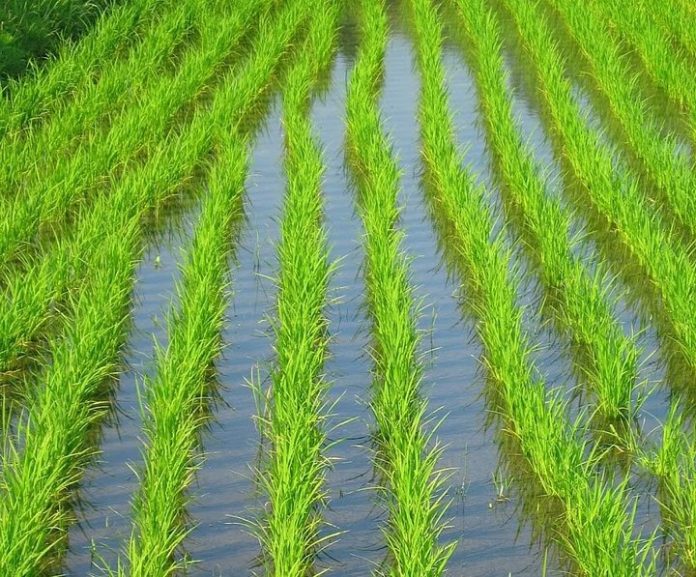LAHORE: An absence of new pest-resistant varieties and disappointing researchers’ support has brought Basmati rice producers to crossroads. A persistent decline in cultivated areas and relentless relatively low yield are acting as catalysts to this crisis, revealed an ADB preliminary draft of an ongoing study.
At the same time, the pressure to generate greater revenue has focused attention on high-yield rice varieties, which has infringed on the basmati heartland of Punjab.
According to the first draft of an ongoing study of Asian Development Bank (ADB) on Pakistani Basmati rice—a copy of the draft available with Pakistan Today—reveals that the international registration alone may not be enough for Punjabi Basmati to regain its share in the international rice trade.
”Developing better varieties, improving farming practices, refining processing techniques, and introducing brand marketing are also needed. Figuring out the optimal use of scarce water resources is likewise crucial, the draft remarked.
It mentions that many years of free market policies implemented by the government, coupled with the removal of most subsidies, has made Basmati rice resilient to tough competition from other producers.
While Punjabi farmers still consider most of the subsidized competition from other countries as unfair, their belief in the superior appeal of basmati’s fragrance makes them confident about the grain’s long-term prospects and its ability to compete against other varieties in international markets.
“If growers can improve farming and harvesting methods such that the produce of consistent quality can be achieved, international buyers will continue to pay the premium, the draft pointed out, adding that the assessment may, particularly, encourage when all too often farming lobbies clamour for protection from competition and demand state subsidies—despite Basmati’s higher value—or price controls, which is a key part of Pakistan’s culture, as well as its rural economy. With a bit more attention to quality, it can take its rightful place in the markets.
The Punjab Agricultural Research Board (PARB), despite allocated funds for research and development of about Rs180 million, remains modest. The Rice Research Institute at Kalashah Kaku, the leading institution on rice development in the province, could not address the issues like on-farm challenges because of resource constraint.
Basmati farmers face a number of production constraints, such as lack of access to certified seed; low plant population (an average of 125,000 plants/hectare against the recommended 200,000); BLB; input supply quality and quantity; labour shortage during transplanting and harvesting; unavailability or inappropriate types of combined harvesters that result in a 13–17 per cent loss of paddy; high moisture content at harvesting (more than 30 per cent compared to the desired 20 –22 per cent of harvest and 12–14 percent for storage; lack of sufficient mechanical drying and storage facilities, contributing to aflatoxins growth, and poor extension services.
These constraints result in an average basmati paddy yield of about 2.4 tonnes/hectare compared to about 3.2 tonnes/hectare in India.
Given the potential yield of current basmati varieties, average paddy yield could be more than 3 tonnes/hectare if most constraints are properly addressed.
























